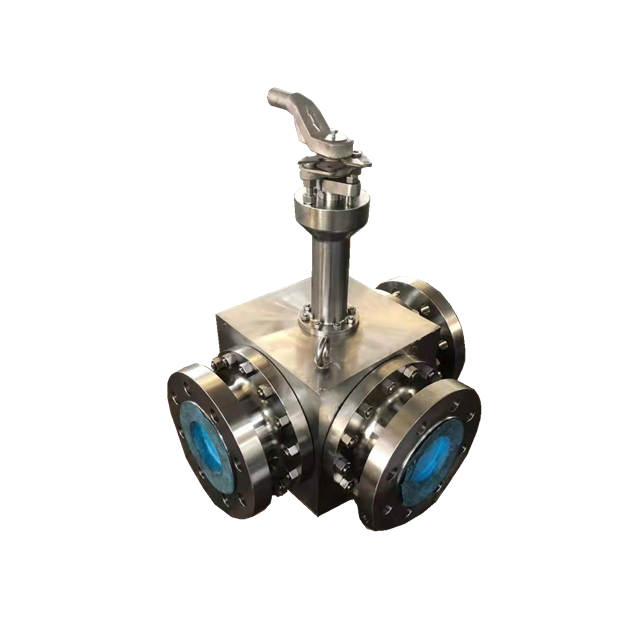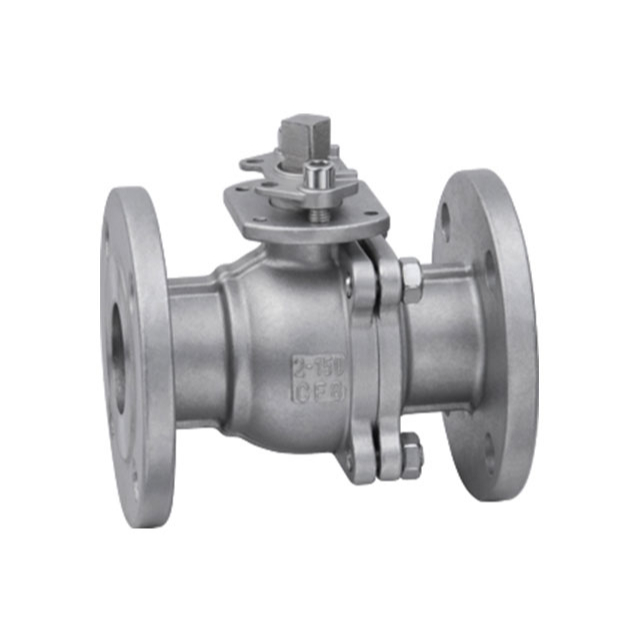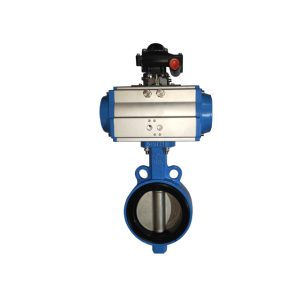Table of Contents
ToggleProperly sized ball valves ensure optimal flow control and safety in pipeline systems. Key dimensions like face-to-face length, flow diameter, and flange size must suit system conditions and code compliance.
- Match valve flow capacity and pressure rating to pipeline system demands
- Adhere to standard face-to-face lengths for infrastructure compatibility
- Connect inlet/outlet dimensions to piping sizes without restriction
- Consult sizing standards for suitable valve selections
This overview covers key ball valve sizes and dimensions and how to appropriately utilize these versatile flow control valves.
Specifying the right ball valve dimensions requires balancing flow physics, compatibility needs, and compliance factors. With so many technical considerations at play, partnering with valve sizing experts proves critical to prevent undersized or oversized selections.
Determining Correct Ball Valve Size
Ball valves handle a range of inlet and outlet pipe diameters and must be sized according to several considerations:
- Flow Rate
Match the flow coefficient (Cv) value range of the ball valve to actual system flow volumes. Undersized valves restrict flow, while oversized ones see reduced rangeability.
- Pressure Rating
Pressure ratings correlate with valve body wall thickness and materials. Select ratings suitable for service pressures plus a safety margin.
- Pipe Connections
Inlet/outlet pipe connections must properly suit system piping. This includes matching inside diameters for minimal flow losses.
- Temperature Rating
Ensure pressure rating holds up under fluid temperatures that propagate through the valve body in service.
- Compliant Sizing
Adhere to applicable codes governing flow calculations and piping classifications to arrive at accurate valve sizing.
Common Dimensions of Class 300 Flanged Ball Valves
For standardized steel ball valves, common dimensions help technicians verify proper fits and performance capabilities. The below table outlines key measurements for Class 300 flanged ball valve dimensions – ranging from 2 inches to 24 inches:
| Size | Face to Face Dimension (L) | Bore (d) | Weight |
|---|
| Inch | DN | RF (mm) | BW (mm) | RTJ (mm) | mm | Kg |
| 2″ | 50 | 216 | 216 | 232 | 49 | 13.5 |
| 3″ | 80 | 283 | 283 | 298 | 74 | 30 |
| 4″ | 100 | 305 | 305 | 321 | 100 | 50 |
| 6″ | 150 | 403 | 457 | 419 | 150 | 154 |
| 8″ | 200 | 502 | 521 | 518 | 201 | 282 |
| 10″ | 250 | 568 | 559 | 584 | 252 | 449 |
| 12″ | 300 | 648 | 635 | 664 | 303 | 658 |
| 14″ | 350 | 762 | 762 | 778 | 334 | 986 |
| 16″ | 400 | 838 | 838 | 854 | 385 | 1440 |
| 18″ | 450 | 914 | 914 | 930 | 436 | 1908 |
| 20″ | 500 | 991 | 991 | 1010 | 487 | 2425 |
| 24″ | 600 | 1143 | 1143 | 1165 | 589 | 3710 |
Note: The weights for sizes 2-4″ correspond to floating ball valves with cast steel bodies. For sizes 6″ and larger, the weights are for trunnion-mounted ball valves with forged steel bodies.
Conclusion
Xintai Group’s specialist team takes system conditions and requirements into account to provide perfectly sized ball valve recommendations for your application. Their tailored sizing and extensive valve expertise prevents integration issues while optimizing safety and reliability.











